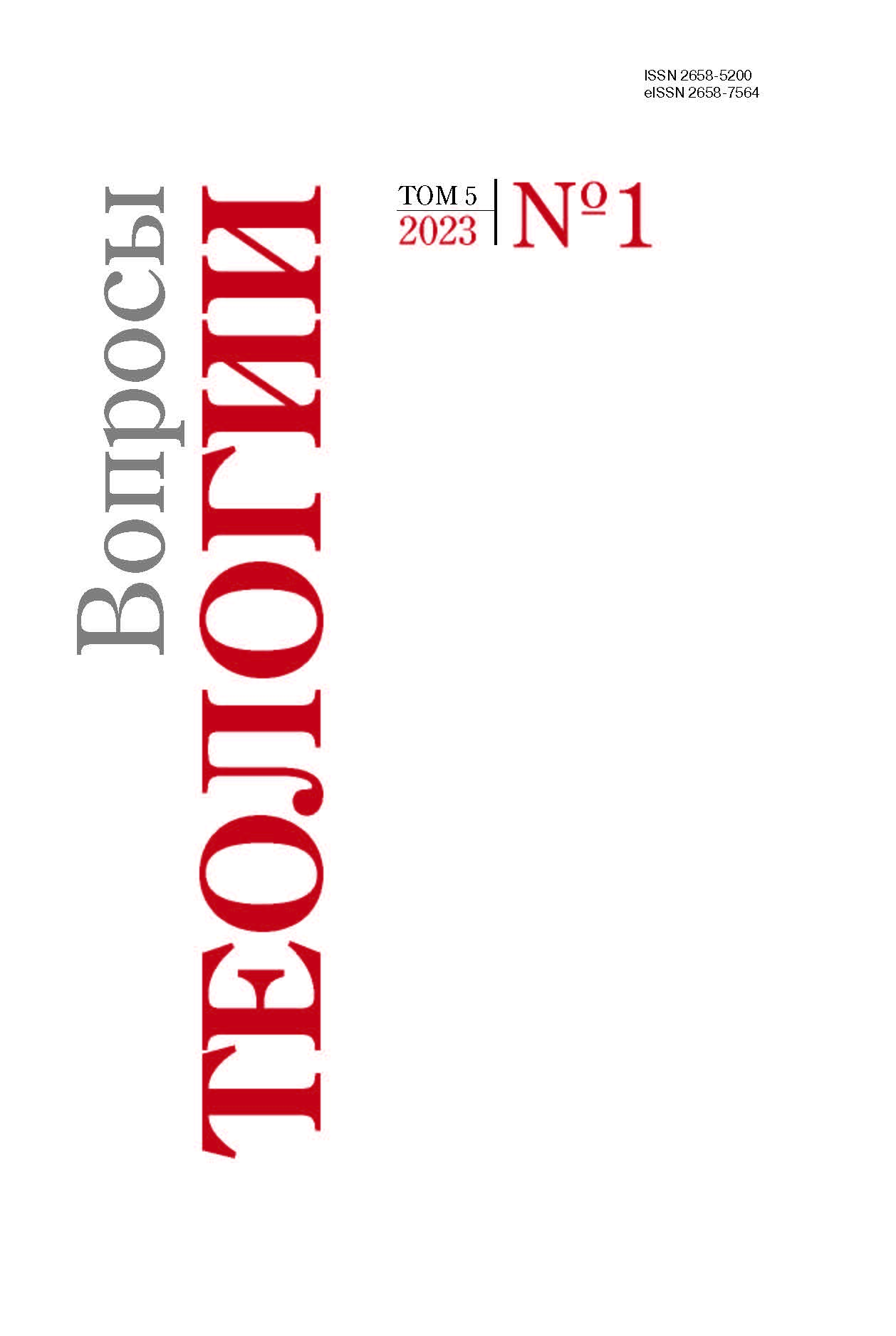Как измерить духовность? Обзор новых методик исследования духовности
DOI:
https://doi.org/10.21638/spbu28.2023.109Аннотация
Несостоятельность универсализма теории секуляризации и рост присутствия религии в общественной жизни привели к появлению новой парадигмы в социологии религии, согласно которой религия не теряет своего социального значения, а трансформируется и видоизменяется. Происходит дифференциация религиозности и духовности, где последняя зачастую выступает как более широкий конструкт, включающий в себя понятие религиозности. В статье представлен аналитический обзор некоторых новейших подходов и результатов исследований, опубликованных в монографии «Измерение духовности в многоликом мире» под редакцией Э. Л. Ай, П. Винка и др. в 2021 г. и актуальных для дальнейшего применения данных методов в комплексном изучении духовности студенческой молодежи. В ходе исследования сообразно с новыми представлениями в социологии и психологии религии уточнено определение понятия «духовность», широко используемого в образовательной среде, а также проанализированы три новейших подхода к исследованию духовности, включающие исследование «новой» духовности, (не)духовности/(не)религиозности и духовности как части смысла жизни; выявлены потенциально слабые и сильные стороны этих подходов. Обзор новейших зарубежных теорий и методик в исследовании духовности, развивающихся в рамках социологии и психологии религии, вносит вклад в междисциплинарный обмен знаниями, приглашая исследователей из других гуманитарных областей к апробации имеющихся зарубежных методик в российском контексте.
Ключевые слова:
духовность, религиозность, социология религии, психология религии, студенческая молодежь
Скачивания
Библиографические ссылки
References
Загрузки
Опубликован
Выпуск
Раздел
Лицензия
Статьи журнала «Вопросы теологии» находятся в открытом доступе и распространяются в соответствии с условиями Лицензионного Договора с Санкт-Петербургским государственным университетом, который бесплатно предоставляет авторам неограниченное распространение и самостоятельное архивирование.




